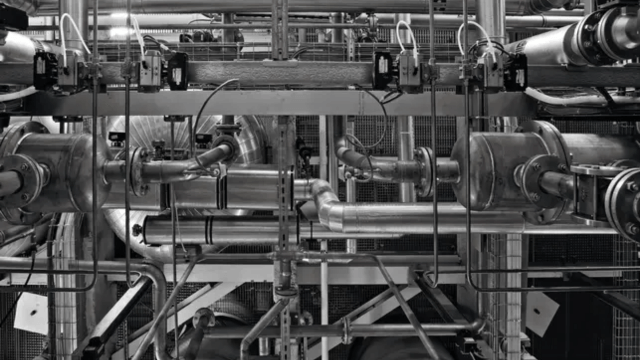2023-10-25 Product news
How does the circular economy drive a revolution in sustainable manufacturing?
Many large businesses neglect to adopt sustainable structures for two main reasons.
The first is because they are afraid it will harm bottom lines. It is an assumption that sustainable methods and technologies are more costly than environmentally destructive alternatives. Smart budgeting and taking advantage of government incentives and grants make it more affordable than most perceive.
The second motivation for ignoring embracing the circular economy is that it is not mandatory. Policies and environmental regulatory adjustments drive most systemic change in all business activities, including cleaning, investing and building. Some environmental regulation exists, but it does not mention the circular economy specifically.
More than 70% of a product’s carbon footprint rests within the Scope 3 indirect emissions category that a circular economy could eliminate. According to the Greenhouse Gas Protocol, the Scope 3 qualifier encompasses upstream activities referencing production and everything required to manufacture the product. It may include material acquisition and waste generated from operations.
Read the full article here.
At Alfa Laval, we help facilities increase their circularity, sustainability and energy efficiency.
To learn more, click here.
Tags
All
